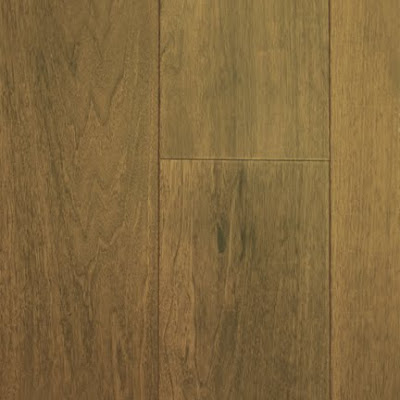Everyone knows that hardwood flooring is susceptible to water, but many homeowners are unaware of another common threat: light. That's right! Every type of hardwood flooring is photosensitive to some degree, and without the proper preparation and maintenance your floors can lose their luster over time. Luckily for you, we have four helpful hardwood flooring maintenance tips for protecting your floors from damaging UV exposure. You're welcome!
1. Understand Photosensitivity
The best defense against UV exposure is understanding exactly what it is. Hardwood photosensitivity is the reaction that hardwood flooring has to UV radiation. Exposure to UV can cause wood colors to fade, and in some cases can dramatically change the appearance of your flooring. By understanding what light can do to your floors, you're well on your way to protecting them from harmful rays.
2. Minimize Light Exposure
Unfortunately, there is no surefire way of protecting your floors from UV exposure. There are, however, many ways you can minimize their exposure to it. One way is to control light exposure using heavy curtains or blinds. These block out harmful UV rays during peak daytime hours. Since many people are out of their homes during the day, drawing the blinds is a perfectly acceptable way of preventing UV damage. Keep in mind that while minimizing light exposure can slow color fading, it won't stop it entirely.
3. Move Furniture Often
Another way of minimizing UV exposure is rearranging your furnishings often. Hardwood floors will often show phantom furniture "shadows" - outlines on the floor where an armoire or couch has sat for years. Simply moving your furniture every so often will equalize the UV exposure and slow the fading process.
4. Accept the Inevitable
Some homeowners know about the effects UV exposure can have on their new hardwood floors and plan for it in advance. If you choose this route, talk with a hardwood professional about what kind of color change you should expect. Armed with this information, you can periodically change your room's decor to match the new floor color. You can even make design choices that not only fit the current floor color, but the color you know the floor will become.
Unless you have installed the flooring in a windowless room, there is no way to avoid UV exposure. You can, however, minimize the amount of light your new floors receive, balance the amount of light each part of your floor gets, and make design choices based on your floor's new faded color. Remember, color change is a natural occurrence; you can delay the process, but you can't stop it entirely.




